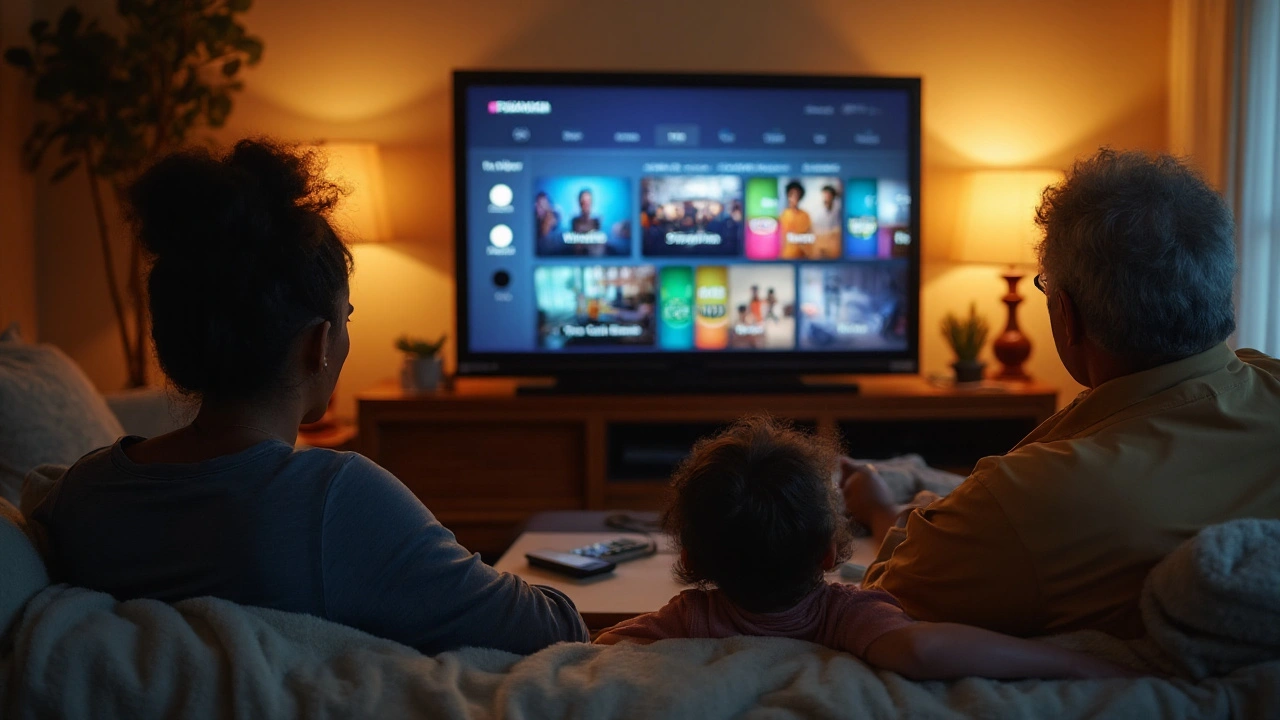Replace Cable: How to Cut the Cord and Keep Great TV
Want to replace cable without losing shows, sports, or news? You can, and it doesn't have to be complicated or pricy. This guide walks you through service choices, hardware options, and money-saving moves so you get the channels you want and avoid surprise bills.
Pick streaming services based on what you watch
Start by listing must-have content: live sports, network shows, movies, or niche channels. For live TV, consider YouTube TV, Hulu + Live TV, or Sling — each has different channel lineups and prices. For on-demand movies and series, try Netflix, Prime Video, Disney+, or a smaller service like MUBI if you want arthouse films. If a show is exclusive to one service, use a free trial month and time your subscriptions around new seasons.
Set up hardware and an antenna for local channels
A smart TV often has built-in streaming apps and saves you from extra boxes. If your TV is not smart, use a streaming stick (Roku, Amazon Fire TV, Google Chromecast). For local news and live sports, a simple over-the-air (OTA) antenna gives you free HD channels. Place the antenna near a window, point it toward the nearest broadcast towers, and rescan channels. Even basic indoor antennas work well in most cities.
Manage bandwidth and internet needs. Replacing cable means relying on your internet connection. Aim for at least 25 Mbps per HD stream and 50 Mbps if multiple people watch at once. If your Wi‑Fi is weak, upgrade your router or use a wired Ethernet connection for your main streaming device. Some ISPs offer streaming-friendly plans; compare data caps and speeds before swapping services.
Control costs with smart subscription habits. Create a plan: choose one or two core services and rotate others in and out. Share family plans where allowed. Cancel services you don't use and check yearly for price hikes. Consider bundles that include streaming plus phone or internet — sometimes that saves money, sometimes not. Keep track of free trials so you don't get billed unexpectedly.
Keep sports and special events without cable. For many sports, you can buy single-event passes (like NBA League Pass, NHL, or pay-per-view fights) or use dedicated sports add-ons. Local teams may stream games on team apps. For major events like the Super Bowl or Olympics, check which free or paid platform has the rights that year.
Backup plans and tips. Keep a low-cost emergency option — a cheap antenna, a basic streaming subscription, or library DVDs — so you can still watch if one service goes down. Use a password manager to track accounts and renewals. Regularly audit what you pay for and trim unused services.
Swapping cable is a small project that pays off quickly. With the right mix of streaming services, simple hardware, and a good internet connection, you can replace cable while watching everything you love. Try one streaming swap this month to cut costs, keep favorites and enjoy more viewing flexibility today.
What People Are Replacing Cable With in 2025: Streaming, Antennas, and Smart Bundles
Curious what people use instead of cable in 2025? Here’s a clear guide to live TV streamers, on-demand apps, free options, antennas, costs, and how to build a bundle.

